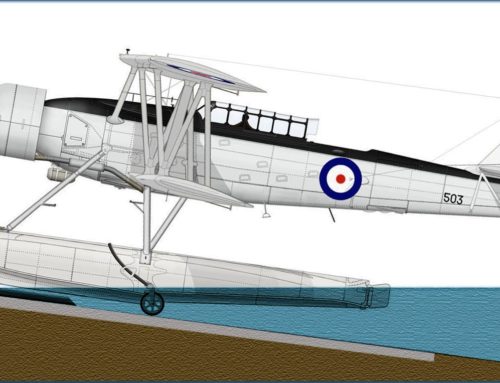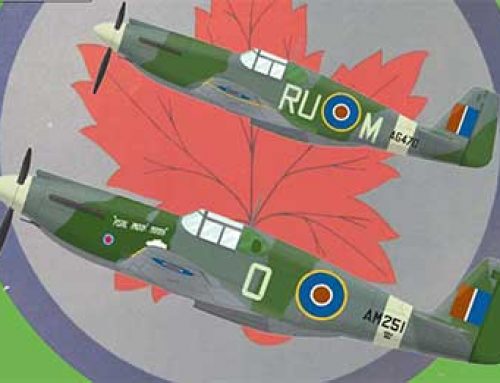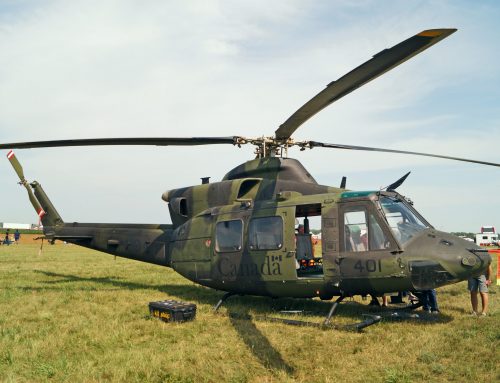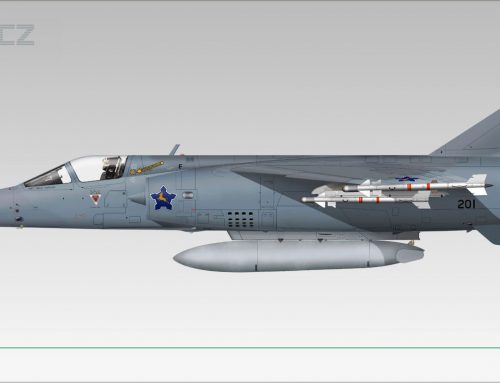Ian Robertson
Canadian Starfighter questions
Tue Jun 19 10:21:33 2001
Just received CF-104 decals from Belcher Bits. Beautiful! Anyway, the decal instructions mention that for Natural Metal a/c the upper wings are white, as are the horizontal stabilizers. For trainers (the type I plan on building) the horizontal stabilizers are red.
Question 1: Do the trainers also have white upper wings? Should they be glossy?
Question 2: The a/c at the National Aviation Museum in Ottawa (12700) is shown in completely Natural Metal (no paint anywhere). Is this incorrect?
Question 3: I have the Hasegawa 1/48 F-104G kit. Are there any obvious revisions needed for the CF-104, and if so, where can I view some images of these revisions?
CF104s
Tue Jun 19 11:23:39 2001
My research into CF-104s has led me to these conclusions.
First, on Natural Metal birds the wing tops were glossy white. The wing undersurfaces were Grey 501-109
Tip tanks on NATO Natural Metal birds were Natural Metal but red on Cold Lake Natural Metal machines.
The correct kit for a Canadian machine is the F-104J kit, not the G. The “G” has bulged main gear doors Canadian machines didn’t have, whereas the “J” kit has the proper doors for a CF-104.
The horizontal stabs were overall white on NATO based planes but overall red on Cold Lake based planes.
The plane in the museum in Ottawa was, as mentioned, stripped for an attempt at the altitude record in 1967 (centennial “stunt”). I believe this plane is NOT a Canadair plane at all but Lockheed built.
I’m pretty certain of these facts, but of course willing to stand corrected if evidence comes to light (or if my memory is just faulty!)
Gary Fairfull
Tue Jun 19 14:54:30 2001
The undersides of the Natural Metal jets was a grey 501-109.
Jim Penhale; Model Citizen
Tue Jun 19 18:18:17 2001
OK, I’ll give you the natural metal tip tanks on the Cold Lake planes, I’m not convinced of the grey undersides on the Natural Metal planes (my pictures are inconclusive: sure LOOKS like Natural Metal), but 12700 is definitely NOT a Canadair plane.
Looking in the Bashow book he has a couple photo captions of 12701 as the first of the Canadair manufactured planes. But, on page 49 he mentions the altitude record attempt,..”it was decided to modify the original CF-104 prototype(12700) for the project. ‘700 was, in fact, a reworked F-104A-15-LO of the USAF. It possessed standard CF-104 flight and fire control systems, but lacked the strengthened airframe of the Canadair production examples.”
There ya’ have it: she’s a Lockheed bird!
Bob Perry
Tue Jun 19 16:27:18 2001
This is what the Rockcliffe website says and the story is unchanged from anything they’ve ever told me. I’d be interested to know what the true identity is, if not as reported. There was a 2-seater outside the War Museum a couple of years ago (maybe still there?) – maybe that’s what you are thinking of?
Museum Example
Registration #: 12700 (RCAF)
Manufacturer: Lockheed Aircraft Corporation, United States
Manufacture Date: 1957
Construction #: 183-1058
Acquisition Date: 1968
Provenance: Transfer from CAF
Manufactured in 1957, the museum aircraft was flown by the US Air Force until 1958 when it was stored. The RCAF received the aircraft in 1963 and kept it until 1968 when it was transferred to the museum. The museum’s F-104A came to Canadair as a pattern aircraft. It set a new Canadian altitude record of 30500 meters (100110 ft).
Sean Bratton
Tue Jun 19 12:09:29 2001
Hi Jim,
I beg to differ about your reference about the red tip tanks on the Cold Lake ‘104s…
During the ’70’s the tip tanks were Natural Metal. I do remember one dual having one orange and one Natural Metal tank. Needless to say it was very easy to pick out in a flight of four. The orange/red tanks may have been a carry over from the RCAF days (I’m not sure about that). . . but it always seems to make it’s way onto decal instructions. I’m hoping Barney can back me up on this.
Just have a look in Bashow’s book, the pictures will back me up.
Jim Penhale; Model Citizen
Tue Jun 19 12:16:47 2001
Hi Sean,
You could be right. I remember seeing a fair number of CF-104s at airshows with the red tanks but Natural Metal sounds right too. I will indeed check the books.
Dave Williams
Tue Jun 19 12:16:47 2001
In the F-104G kit, Hasegawa also moulded a corresponding depression for the bulge on the inside of the door. If you just sand off the bulge, you will probably end up with a hole in the centre of the door that you will have to fill.
Also, if you are doing a Natural Metal aircraft, plug up the gun port. Originally the 20mm cannon was not installed, but was put in when they went to the camo paint. Finally, remove that half-round hump at the front of the windscreen. It was not on the CF models.
Sean Bratton
Tue Jun 19 13:01:53 2001
Guns were added to the 104 fleet after the nuclear strike role was dropped, not necessarily when the camouflage was applied. I’m can’t remember what year the nuke role was dropped (late 60’s/early 70’s?) but the green/grey camo didn’t appear on Canadian machines (417 Sqn) until 1980 or there about. AETE did have at least one overall green a/c on strength before this.
Dave Williams
Tue Jun 19 14:52:39 2001
I should have been more specific in saying that I was talking about the first camo (i.e. non – Natural Metal) scheme, overall green, which appeared in the early 70’s. My refs state that when they went to tactical strike, they started painting them and put the guns back in. You are right in that the grey/green camo scheme was later. Sorry for the confusion.
Jim Penhale; Model Citizen
Tue Jun 19 11:33:24 2001
Hi Ian,
I’ve not seen the kit parts for the “G” kit so can’t say if sanding them off would work or not. I do know they’re supposed to be flat, so if you’re able to do that it should be just fine. I don’t know if you’ll end up sanding right through them, so you’ll have to judge that.
There were many single seater and dual seater CF-104s at Cold Lake.
Have you had a chance to look at Bashow’s book on CF-104 operations? It’s full of fantastic pictures and anecdotes: an absolute MUST HAVE for Canadian fighter aviation enthusiasts.
source: Hyperscale
(thanks to Brett Green for permission)





